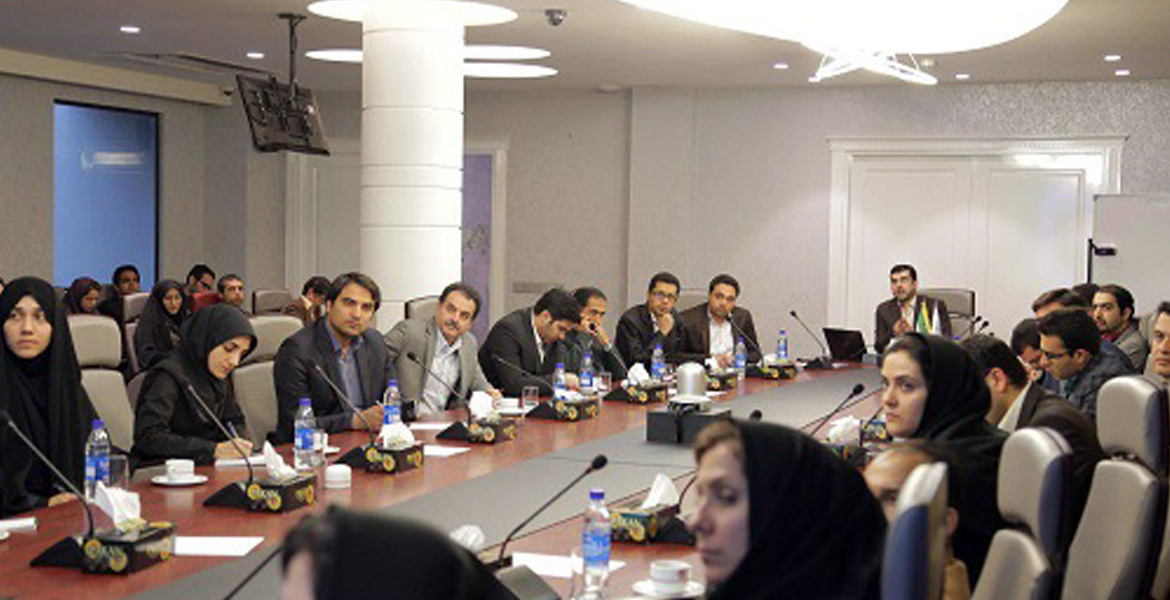
The IAIF held the 4th specialized session on guarantees for the structure of Sukuk, challenges and solutions on 18 Apr. 2016.
Dr. Tohidi, a researcher in Islamic finance and a member of the Islamic finance department of Imam Sadiq University, said in Iran we are far from other countries such as Malaysia in terms of issuing sukuk, which they have used the capacity of sukuk for their development. The total value of Sukuk issued in Iran is $ 4.4 billion and the total value of Sukuk issued in the world is $ 767 billion. Hence, 67% of the total global Sukuk market belongs to Malaysia.
Dr. Tohidi stated there are three important challenges in the development of the sukuk market in Iran, the first is the time-consuming process of issuing these securities, the second is the lack of familiarity and information of capital market activists about the capacity of sukuk to use it in proportion to its capacity and the third challenge is the high cost of issuing, which the sponsor has to pay some expenses for market making, underwriting, etc.
One of the problems that makes the issuance of sukuk bonds in Iran time- consuming is finding a guarantor for the issuance, and this reduces the interest in Islamic securities.
Authorized institutions for guaranteeing Sukuk include banks, financial and credit institutions under the supervision of the Central Bank, insurance companies under the supervision of the Central Bank and financing institutions. On the other hand, banks do not easily go under the burden of guaranteeing the issuance of Sukuk and sometimes provide costs to the sponsors which are high costs, so the risk of focusing on the banking system is high and this risk can be transferred to the Sukuk market.
Another point is that accepting the bank as a guarantor in the structure of Sukuk issuance causes interest rate manipulation and the capital market cannot raise and lower rates. This dependence of the money market and tying the development of the Islamic capital market to the money market may make us unable to achieve the development of this market and its globalization in the long-run.
Tohidi went on to say that the investment banks have been allowed to guarantee the issuance of sukuk bonds, but in practice they are not willing to guarantee, and perhaps based on capital adequacy requirements, the investment banks do not have a capacity to guarantee Islamic securities with high volume. Also, in the field of guaranteeing the issuance of Islamic securities, the role of insurance companies has been neglected, while they can help guarantee securities.
Regarding the solutions to the problems of guarantors in Islamic securities, he mentioned one of these strategies is to rank the securities in order to balance the risk and return of debt securities and the other is to limit the guarantee only to the benefit of the securities and not to its principle.
He emphasized that my proposed solution as a complement to the bank guarantor to manage default risk and develop the Islamic securities market is the Sukuk Guarantee Fund, and according to my studies, this is the only similar case related to investment insurance and export credit, which is active in setting up the Insurance Fund and Foreign Sukuk Guarantee and so far it has implemented it in the case of Ijarah sukuk.
He said the benefits of this fund include increasing the guarantee capacity of Islamic securities as a supplement to bank guarantees, increasing the ease of access of sponsors for Islamic securities, distribution of default risk and the possibility of using the benefits and returns of Sukuk. Also, the restrictions related to the central bank and determining the rate of return on sukuk will be removed.


